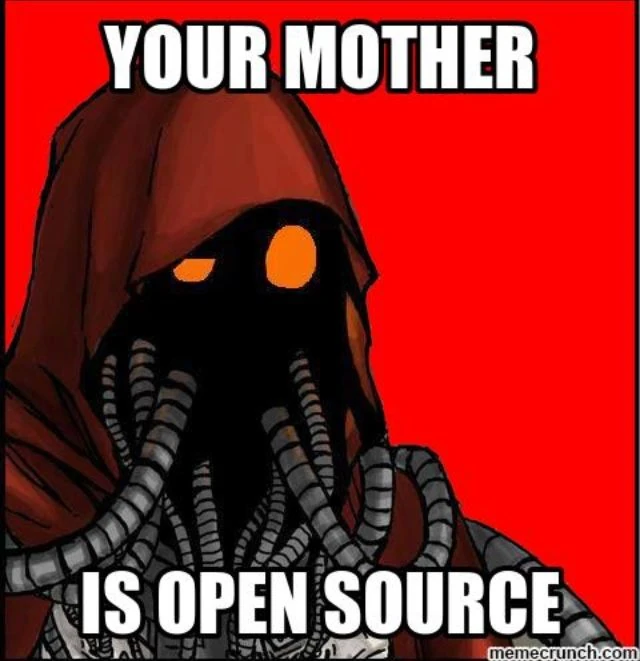

I don’t think its a matter of violence vs non-violence. Even in the samples provided by the article, its a matter of willingness to commit what would otherwise be criminal acts. Ghandi was successful not because of the Salt March but because they created the Declaration of Sovereignty and Self-rule and refused to pay taxes until negotiations were made.
I remember Penn and Teller did an episode that touched on this on a show they had. The big take away was there is a difference between doing good and doing something that makes you feel good. What’s accomplished by a sit-in on a courthouse lawn on the weekend that you filed and received a permit to do from the city? People like to compare stuff like that to the 1960s civil rights movement, but here’s the thing: Rosa Parks not giving up her seat wasn’t a social faux pas, it was a criminal act in Alabama.

That article is probably not the best way to support that idea though. It mentions “when 3.5% of its population actively mobilized against it” but doesn’t explain what “actively mobilized” even means. It talks about how effective non-violence has been in other countries but then caveats that to being when an independent judiciary was present. It even uses Kilmar Abrego Garcia to support that idea, but fails to mention that a lower court’s decision was ignored and the only reason the SC was involved was because the administration said it didn’t have to listen to them.
Obstruction is good, but ultimately if you are not at risk of losing anything by that obstruction, it likely isn’t an effective way to accomplish anything. That’s even if you could consider it obstruction. If you are permitted to have a rally then you are not obstructing anything. You’re just having a good time. Municipalities don’t approve permits that obstruct, its the whole reason for permits.